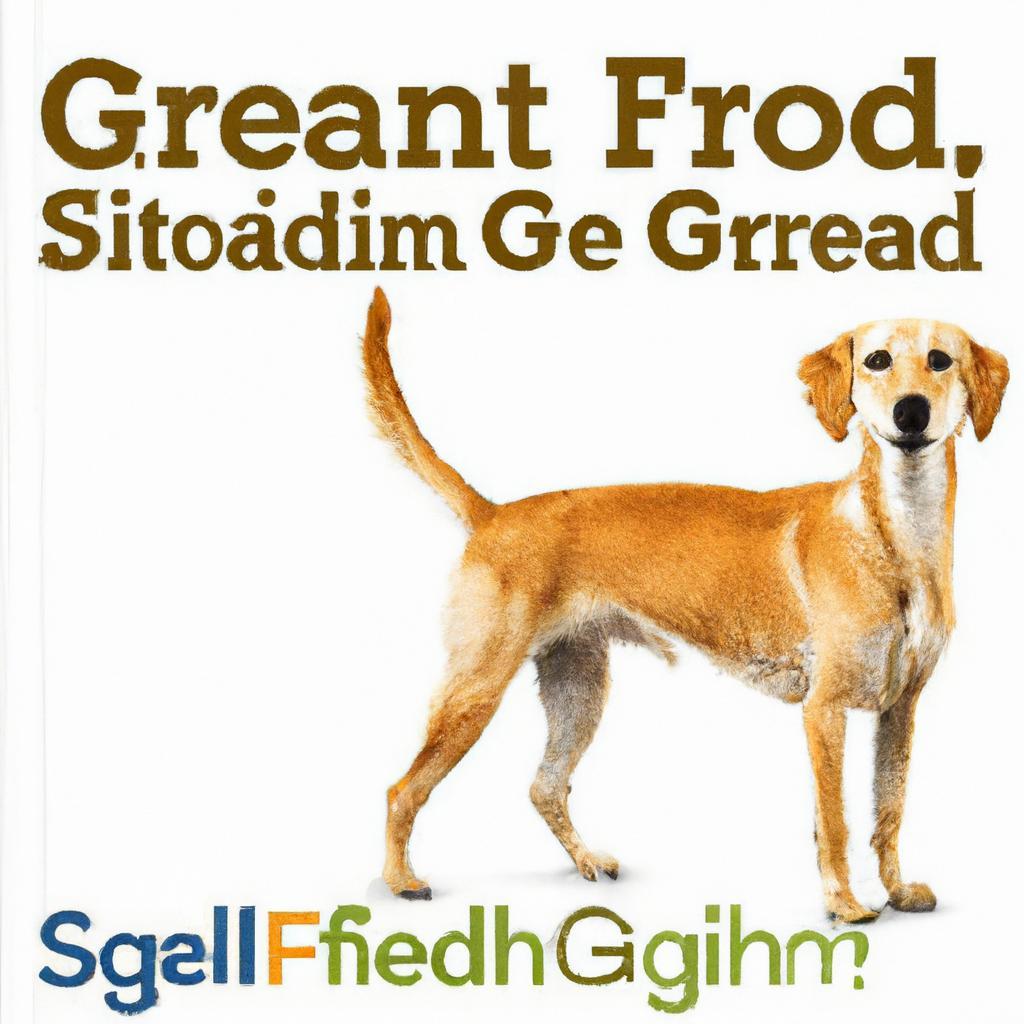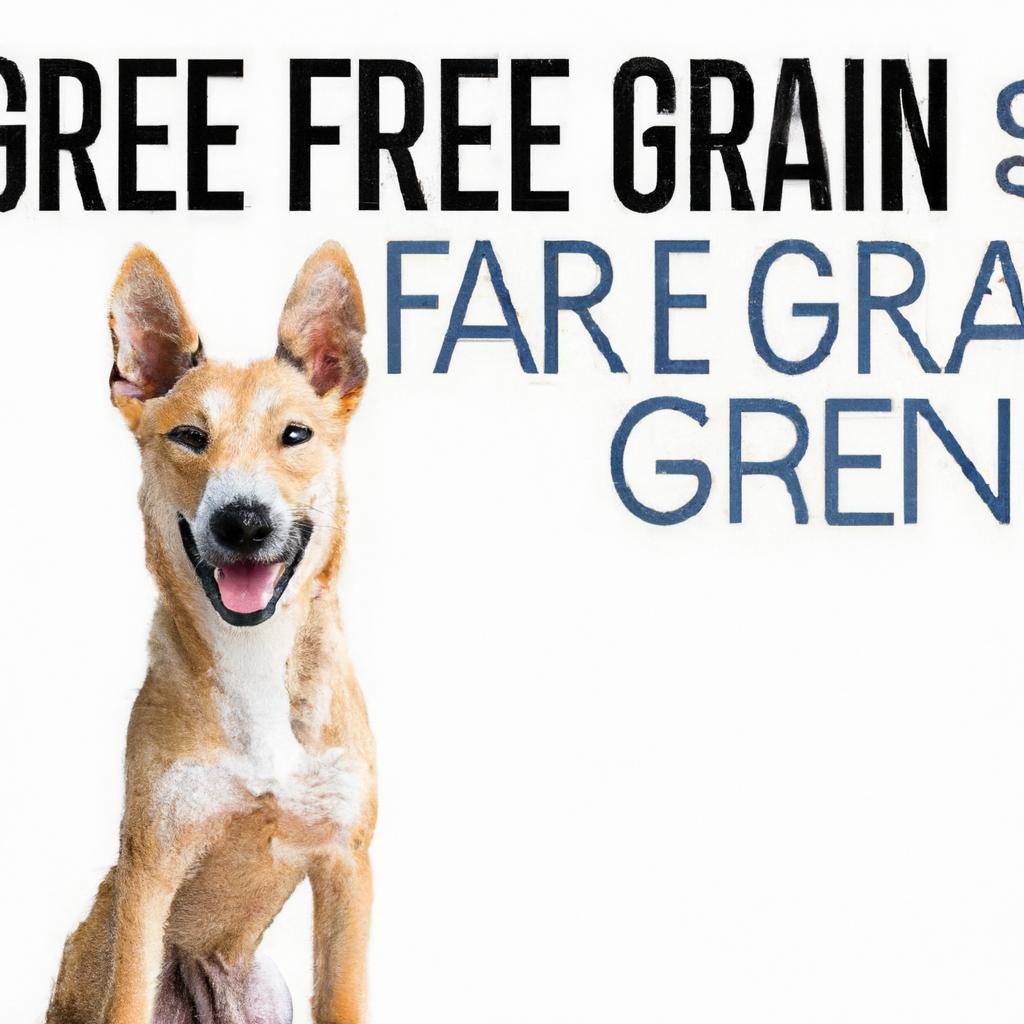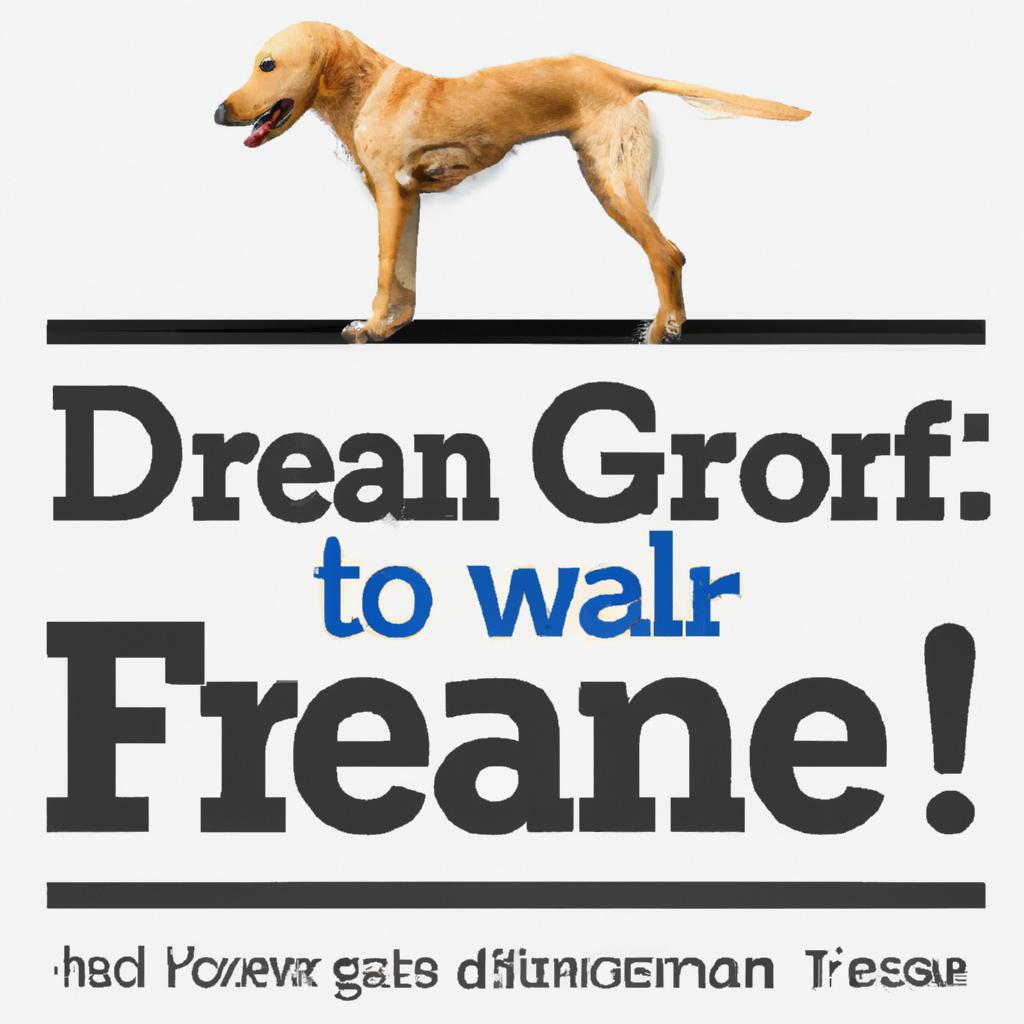When Sarah noticed her golden retriever, Max, scratching incessantly and losing weight, she was worried. After a vet visit, she learned that some dogs can be sensitive to grains. Intrigued, she switched Max to a grain-free diet. Within weeks, his coat became shinier, his energy soared, and the scratching stopped. Sarah realized that not all dogs thrive on the same food. If your furry friend shows signs of discomfort, consider a grain-free option. It might just be the change they need for a happier, healthier life.
Contents
- Understanding the Nutritional Needs of Your Dog
- Evaluating the Potential Benefits of Grain-Free Diets
- Identifying Risks and Concerns Associated with Grain-Free Foods
- Making an Informed Decision: Expert Recommendations for Your Dogs Diet
- Q&A
Understanding the Nutritional Needs of Your Dog
When considering a change in your dog’s diet, it’s essential to understand their specific nutritional needs. Dogs, like humans, require a balanced diet that includes proteins, fats, carbohydrates, vitamins, and minerals. Each of these components plays a crucial role in maintaining your dog’s overall health and well-being. A well-rounded diet supports their energy levels, promotes healthy skin and coat, and aids in digestion.
Grain-free diets have gained popularity, but it’s important to evaluate whether this type of food is suitable for your dog. Many commercial dog foods contain grains such as wheat, corn, and soy, which can be difficult for some dogs to digest. However, grains can also provide essential nutrients and fiber. Before making a switch, consider your dog’s individual health needs, age, and activity level. Consulting with a veterinarian can provide valuable insights tailored to your dog’s specific requirements.
Another factor to consider is the potential for food allergies or sensitivities. Some dogs may exhibit adverse reactions to certain grains, leading to symptoms like itching, gastrointestinal upset, or ear infections. In such cases, a grain-free diet might be beneficial. However, it’s crucial to ensure that the alternative ingredients used in grain-free foods, such as potatoes or peas, do not introduce new allergens or nutritional imbalances. Always read labels carefully and choose high-quality brands that prioritize your dog’s health.
Ultimately, the decision to switch to a grain-free diet should be based on your dog’s unique needs and lifestyle. A balanced approach that considers both the benefits and potential drawbacks of grain-free options will help you make an informed choice. Remember, a dog’s nutritional needs can change over time, so regular assessments of their diet and health are essential. Prioritize your dog’s well-being by staying informed and proactive about their dietary choices.
Evaluating the Potential Benefits of Grain-Free Diets
When considering a grain-free diet for your dog, it’s essential to explore the potential advantages that such a dietary shift may offer. Many pet owners report improvements in their dogs’ overall health and vitality after making the switch. One of the most frequently cited benefits is the potential for enhanced digestion. Grain-free formulas often utilize alternative carbohydrate sources, such as sweet potatoes and peas, which can be easier for some dogs to digest, especially those with sensitivities to grains.
Another significant advantage is the possibility of improved skin and coat health. Grain-free diets typically contain higher levels of protein and healthy fats, which can contribute to a shinier coat and healthier skin. Dogs suffering from allergies or skin irritations may find relief when grains are eliminated from their diet, as this can reduce the likelihood of allergic reactions. Many pet owners have noticed a marked decrease in itching and scratching after transitioning to grain-free options.
Additionally, grain-free diets often emphasize high-quality ingredients, which can lead to better nutrient absorption. With a focus on real meat and wholesome vegetables, these diets can provide essential vitamins and minerals that support your dog’s immune system and overall well-being. This nutrient density can be particularly beneficial for active dogs or those in their prime, as it helps maintain energy levels and muscle mass.
Lastly, a grain-free diet may also contribute to weight management. Many grain-free foods are formulated to be lower in carbohydrates, which can help prevent excessive weight gain. This is especially important for dogs that are prone to obesity or those that lead a more sedentary lifestyle. By choosing a grain-free option, you may find it easier to maintain your dog’s ideal weight, ultimately leading to a longer, healthier life.
Identifying Risks and Concerns Associated with Grain-Free Foods
When considering a transition to grain-free dog food, it’s crucial to be aware of potential risks and concerns that may arise. One significant issue is the nutritional imbalance that can occur if the diet lacks essential nutrients typically found in grains. Many grain-free options rely heavily on alternative carbohydrate sources, such as peas and potatoes, which may not provide a complete nutrient profile. This imbalance can lead to deficiencies over time, affecting your dog’s overall health.
Another concern is the link between grain-free diets and canine dilated cardiomyopathy (DCM). Recent studies have suggested a possible association between certain grain-free foods and an increased risk of DCM, a serious heart condition. While the research is ongoing, it raises important questions about the safety of these diets, especially for breeds predisposed to heart issues. Consulting with a veterinarian before making any dietary changes is essential to ensure your dog’s heart health is not compromised.
Additionally, some grain-free foods may contain high levels of fat and calories, which can lead to obesity and related health problems if not monitored closely. Dogs that are less active or have a tendency to gain weight may be particularly susceptible to these issues. It’s vital to assess your dog’s lifestyle and energy needs when considering a grain-free diet, as the wrong choice could lead to unintended weight gain and its associated risks.
Lastly, the quality of ingredients in grain-free dog foods can vary significantly between brands. Some products may use low-quality fillers or artificial additives that can be harmful to your pet’s health. Always research the brand and read ingredient labels carefully to ensure you are providing your dog with a high-quality, nutritious diet. Prioritizing transparency and quality in your dog’s food will help mitigate potential risks associated with grain-free options.
Making an Informed Decision: Expert Recommendations for Your Dogs Diet
When considering a change in your dog’s diet, it’s essential to consult with veterinary professionals who can provide tailored advice based on your dog’s specific health needs. **Veterinarians** and **pet nutritionists** often recommend evaluating your dog’s overall health, age, and activity level before making any dietary changes. A thorough examination can help identify any underlying health issues that may be exacerbated by certain ingredients commonly found in grain-based foods.
Another critical aspect to consider is the **nutritional balance** of the food you choose. Grain-free diets can sometimes lead to deficiencies if not properly formulated. Look for options that include high-quality protein sources, healthy fats, and a variety of fruits and vegetables to ensure your dog receives all the essential nutrients. Always check for **AAFCO** (Association of American Feed Control Officials) statements on the packaging, which indicate that the food meets established nutritional standards.
It’s also important to be aware of the potential risks associated with grain-free diets. Recent studies have suggested a possible link between grain-free foods and certain heart conditions, such as **dilated cardiomyopathy (DCM)**, particularly in certain breeds. Therefore, consulting with your veterinarian about the ingredients in your dog’s food and any potential health risks is crucial. They may recommend a balanced approach that includes grains or suggest specific brands that have been tested for safety and efficacy.
Lastly, consider your dog’s preferences and how they respond to different diets. Some dogs may thrive on grain-free options, while others may not show any improvement or may even experience digestive issues. Conduct a gradual transition to any new food, monitoring your dog’s reaction closely. Keeping a food diary can help track any changes in behavior, coat condition, and overall health, allowing you to make an informed decision that best suits your furry companion’s needs.
Q&A
-
What are the benefits of grain-free dog food?
Grain-free dog food can offer several advantages, including:
- Improved digestion for dogs with grain sensitivities.
- Higher protein content, which can support muscle health.
- Potentially better skin and coat condition due to quality ingredients.
-
Are there any risks associated with grain-free diets?
Yes, there are some risks to consider, such as:
- Possible links to canine dilated cardiomyopathy (DCM) in certain breeds.
- Imbalance of nutrients if not properly formulated.
- Higher fat content, which may not be suitable for all dogs.
-
How do I know if my dog needs a grain-free diet?
Consider switching to grain-free food if your dog exhibits:
- Signs of food allergies or sensitivities, such as itching or gastrointestinal issues.
- Low energy levels or poor coat condition.
- A veterinarian’s recommendation based on health assessments.
-
What should I look for in a grain-free dog food?
When selecting grain-free dog food, prioritize:
- High-quality protein sources as the first ingredient.
- Adequate levels of essential nutrients and vitamins.
- Transparency in ingredient sourcing and manufacturing processes.
while grain-free diets may benefit some dogs, it’s essential to consult your veterinarian before making the switch. Prioritize your pet’s health by choosing a balanced diet tailored to their individual needs. Your furry friend deserves the best!

大家好,我是彼得潘,專業的手法身體治療師。我喜歡探索和研究各種主題,並透過與人工智慧的合作分享專業、實用、有趣的文章。我們定期進行人工審核,以確保內容的準確性。如果您發現文章中有任何不準確的地方,請隨時與我們聯繫,我們會及時糾正。您可以透過 [email protected] 與我們聯繫。



